Welding is a rewarding profession that requires a keen focus on safety. Understanding the risks and knowing how to protect yourself is crucial. In this guide, Megmeet-welding answers some frequently asked questions about welding safety and the essential personal protective equipment (PPE) you need to stay safe on the job.
I. Protective Clothing
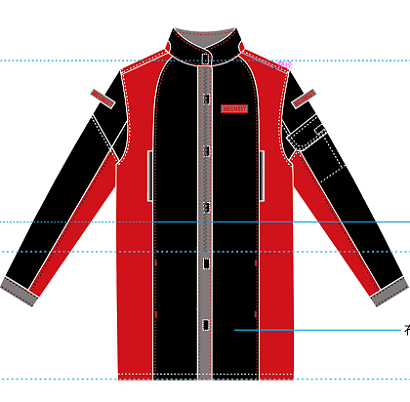
Q1: What is the most common injury welders face?
A: Burns are the leading injury among welders, primarily caused by sparks landing on exposed skin, which can cause severe burns to both skin and eyes within minutes. Ensuring your clothing is flame-resistant and completely covers your skin is crucial to prevention.
Q2: What type of protective clothing should I wear for arc welding?
A: Always opt for flame-resistant clothing specifically designed for welding. This includes a welding helmet with an appropriate lens, safety glasses, gloves, and leather gear. Look for garments made from heavy-duty materials like leather or specially treated cotton that meet industry safety standards.
Q3: Can I use oxy-fuel goggles while arc welding?
A: No, oxy-fuel goggles are not suitable for arc welding. They do not protect against the intense ultraviolet (UV) radiation from the welding arc. Always use a welding helmet equipped with the correct lens shade tailored for the specific type of welding you are performing.
Q4: What fabrics are best for welding clothing?
A: Wool and leather are highly recommended due to their inherent fire resistance. Avoid synthetic fabrics, as they can melt at high temperatures. If you choose cotton, it should be treated for fire resistance to provide adequate protection.
Q5: How can I prevent hot sparks from getting trapped in my clothing?
A: To minimize the risk, avoid rolling sleeves or pant cuffs and ensure your pants cover your work boots, preventing debris entry. Consider using spatter-proof aprons for additional protection against sparks.
Q6: What should I do if I notice damage to my protective clothing?
A: Inspect your protective clothing regularly for any signs of wear, tears, or damage. If you find any, replace it immediately to ensure your safety.
II. Eye Protection
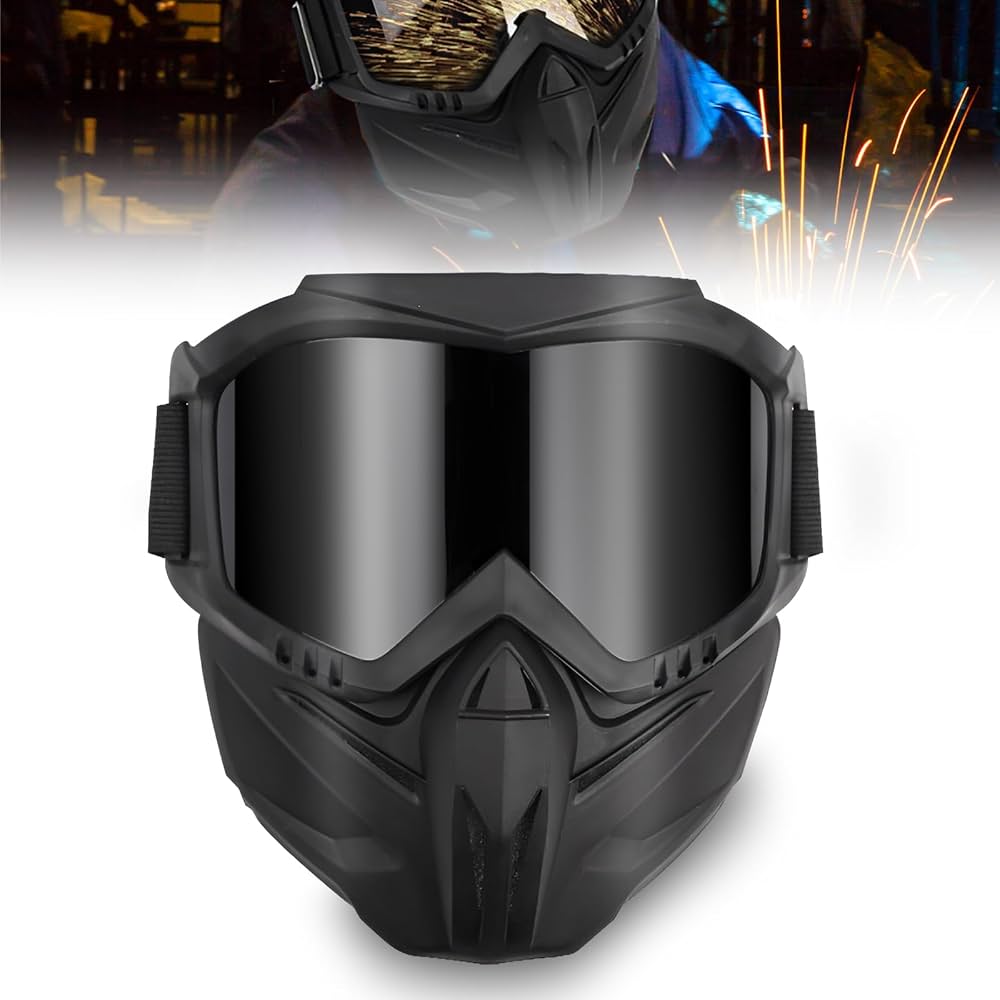
Q1: Do I need to wear safety glasses using a welding helmet?
A: Yes! Even with a welding helmet, you should wear Z87.1-approved safety glasses or goggles with side shields to provide comprehensive protection against flying particles and bright light.
Q2: What type of welding helmet should I use?
A: Select a welding helmet that meets ANSI Z87.1 standards and features an auto-darkening filter if possible. This type allows you to see clearly while setting up and automatically darkens when you begin welding.
Q3: Can I modify my welding helmet?
A: Modifications to your welding helmet that compromise its protective features are not recommended. Always use gear as intended by the manufacturer to ensure optimal safety.
III. Footwear

Q1: What type of shoes should welders wear?
A: Wear leather boots that provide ankle coverage (six to eight inches high) for maximum protection. If performing heavy lifting, safety-toe boots are essential. They should also have slip-resistant soles and be free of water absorption to reduce the risk of electric shock.
Q2: How often should I inspect my welding boots?
A: Inspect your boots regularly for signs of wear, such as cracks or holes, and replace them when necessary to maintain foot protection.
IV. Hand Protection
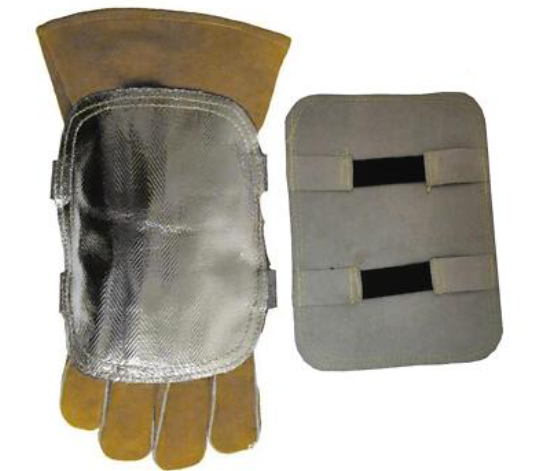
Q1: What gloves are best for welding?
A: Heavy-duty, flame-resistant gloves made from leather offer the best protection for your hands against burns, cuts, and electrical hazards. Consider gloves with reinforced palms and fingertips for added durability.
Q2: How often should I replace my welding gloves?
A: Inspect your gloves frequently for signs of damage or wear. If they are burned, cracked, or no longer provide adequate protection, replace them immediately.
V. Helmets and Radiation
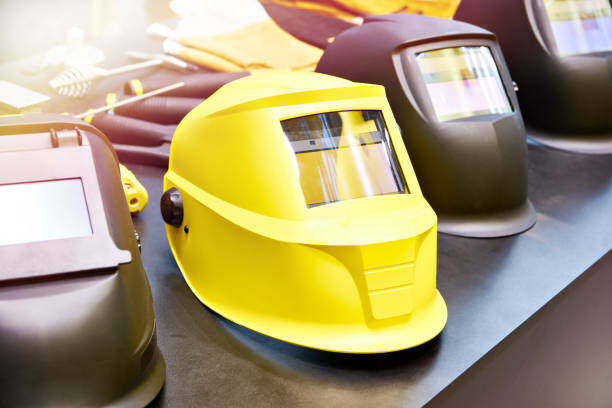
Q1: What types of radiation does a welding arc produce?
A: Welding arcs emit both Infrared (IR) and Ultraviolet (UV) radiation. While IR radiation can cause burns and cataracts, UV radiation can lead to "Welder's Flash," resulting in painful symptoms and potential long-term eye damage.
Q2: How can IR and UV radiation harm my eyes?
A: Protecting your eyes is essential, as IR radiation can lead to severe damage, while UV exposure can cause "Welder's Flash," resulting in discomfort, redness, and potential temporary blindness. Always adhere to protective measures.
Q3: Is it safe to weld without a helmet for short tasks like tack welding?
A: No, even brief exposure to UV rays can cause "Welder's Flash." This painful condition can lead to swelling and temporary blindness, making it crucial to wear a helmet irrespective of the task duration.
Q4: How do I choose the right filter lens for my welding helmet?
A: Choose a lens that is initially too dark to see the arc, then transition to the next lighter shade without falling below the minimum recommended rating to effectively shield your eyes while maintaining visibility.
Q5: How can I tell if I’m overexposed to radiation?
A: While IR radiation can be felt as heat, UV radiation exposure may go unnoticed until after it occurs. Always wear protective gear to mitigate risks.
Q6: What are the risks of UV radiation exposure?
A: In addition to skin burns similar to sunburn, prolonged exposure to UV radiation can lead to severe skin damage and an increased risk of skin cancer over time. Prioritize protective clothing and sunscreen on exposed skin.
Q7: Is it safe to wear contact lenses while welding?
A: Generally, yes, if wearing proper industrial eyewear. However, consult your company’s medical staff and eye doctor to ensure it’s safe for your specific situation and type of welding.
VI. Noise and Hearing Protection
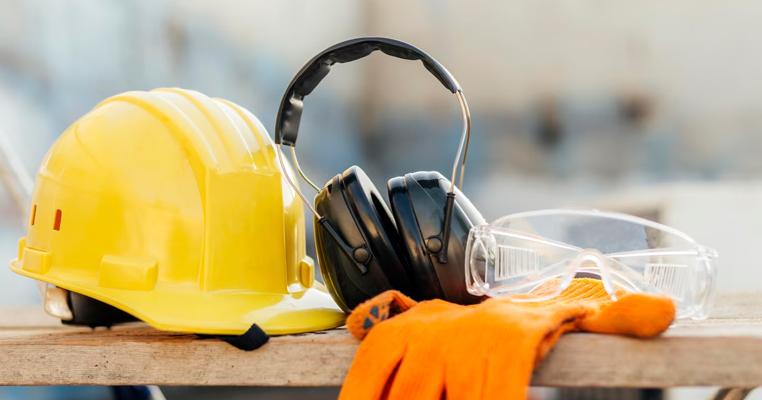
Q1: How can I protect my hearing while welding?
A: Use earplugs or earmuffs to safeguard your hearing from excessive noise and flying particles. It’s imperative to wear proper protection, particularly in high-noise environments.
Q2: How can I tell if the noise level is hazardous?
A: Exposure to noise levels over 85 decibels is considered potentially hazardous, especially during an eight-hour workday. If noise levels are painful or inhibit normal communication, mitigation measures should be taken.
Q3: How does high noise exposure affect hearing?
A: Prolonged exposure to loud noise can damage the eardrum and sensitive structures inside the ear. Damage can accumulate over time, leading to permanent hearing loss.
Q4: What additional measures can I take to protect myself from noise?
A: If it’s not feasible to reduce noise at the source, using sound-damping barriers, maintaining a safe distance from the noise source, and consistently wearing hearing protection is essential for long-term safety.
Q5: Are there regulations that dictate acceptable noise levels in welding?
A: Yes, organizations like OSHA set regulations for occupational noise exposure. Familiarize yourself with local regulations and guidelines to ensure compliance and personal safety.
By understanding these essential safety measures and properly using personal protective equipment, you can create a safer welding environment for yourself and your coworkers. Prioritizing safety protects you and enhances your overall productivity and job satisfaction. Stay safe out there!
Related articles:
1. 15 Tips for Improving Welding Safety
2. Welding Safety: Hazards, Tips, & Precautions
3. Safety Guidelines for Handheld Laser Welding
4. Risk-free Welding: Why is Welding Fume Extraction so Important?
5. When Light Poses Risks in Welding: Dangers and Solutions









